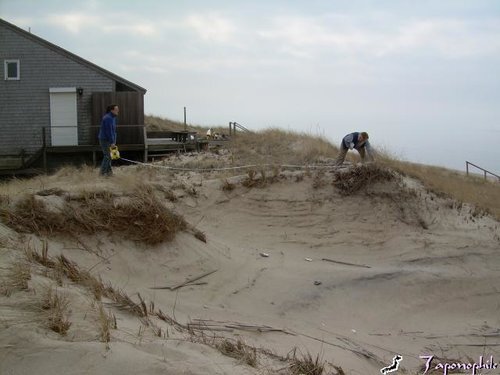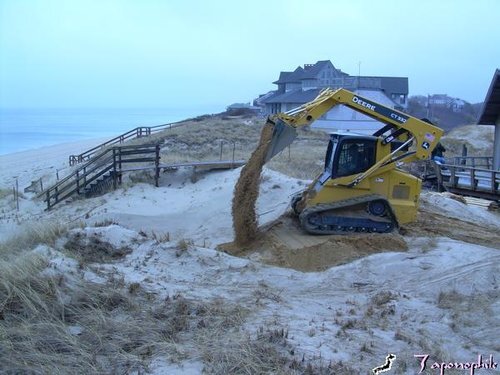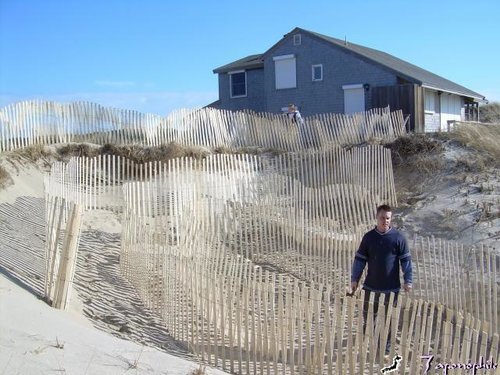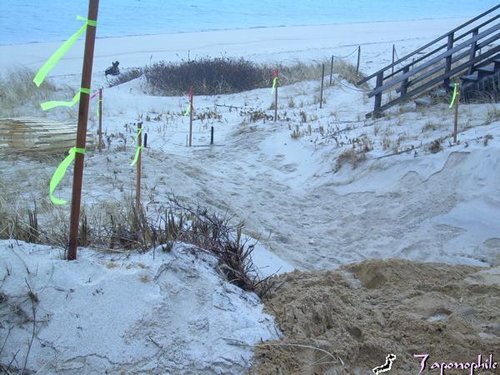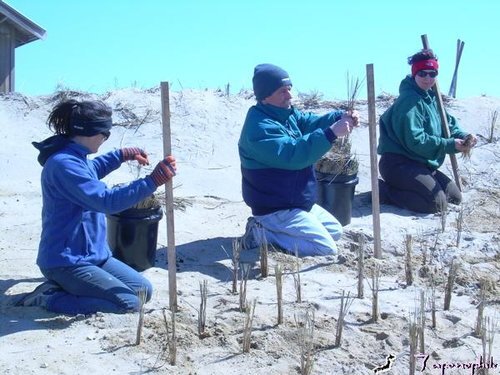Residential Consulting
Safe Harbor offers residential consulting services for both planned and emergency projects.
Safe harbor coordinates all phases of construction; planning, submission; compliance monitoring; storm water systems; erosion control; and habitat restoration.
Safe Harbor collaborates with local conservation commissions, architects, contractors and property owners to ensure that residential projects are successful throughout the process.
FREE CONSULTATION
We offer free consultations to residential property owners that are new or unfamiliar with environmental permitting. If you are planing construction, excavation, or vegetation removal in or near a wetland resource area, you may be subject to additional responsibilities and regulations. To request a consultation, you can contact Safe Harbor directly.
Sample Projects
sample 1: Home Addition
This Residential project was focused around the redevelopment of the existing structure to include a second story bedroom and bathroom addition. Like most residential consulting projects, this example took two years to complete. Safe Harbor was involved for the duration of the process from permitting to revegetation.


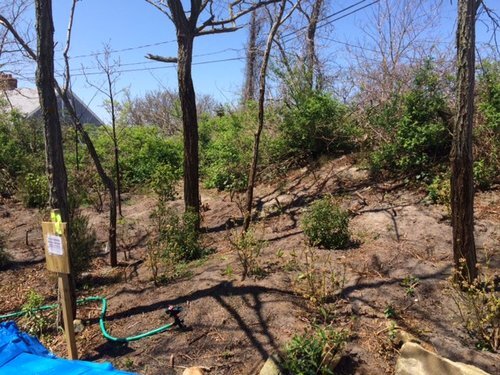
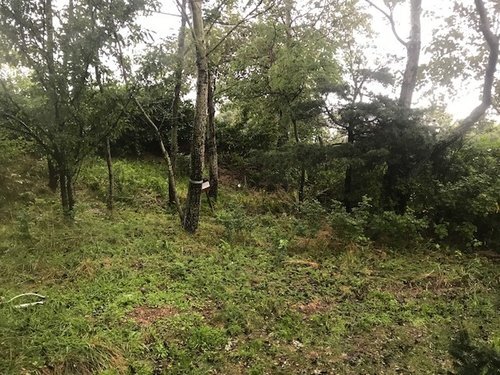
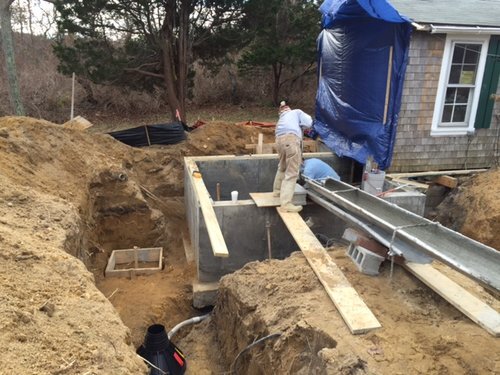
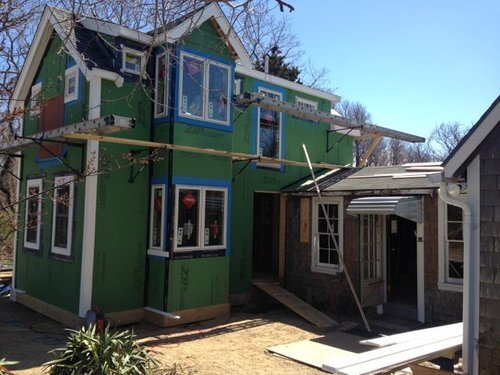
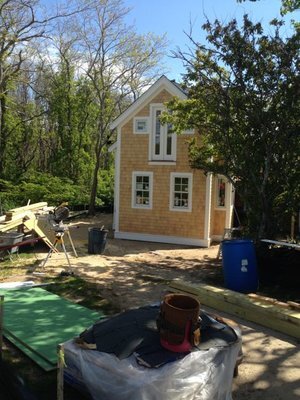
Sample 2: Erosion control
The aim of this residential project was to protect a home from alarming erosion. In the past, vegetation along the coastline had been removed, and sand was currently blowing up to the windows of an adjacent home. Utilizing storm winds, we created a few vegetated dunes on top of the bluff to slow down the wind and collect sand naturally, creating a sustainable system.
To accomplish this, new fencing was added to perform the role of beach grass, building up sand and developing the dune profile. Eventually, the buried beach grass grew right up through the new sand, and became dense enough to maintain a sustainable system. This particular winter, collected sand filled up to the beach grass seed head.

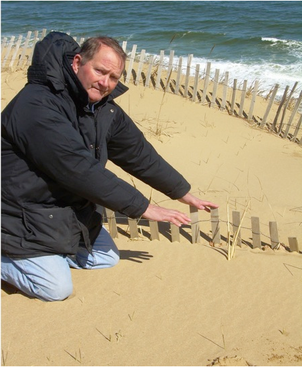

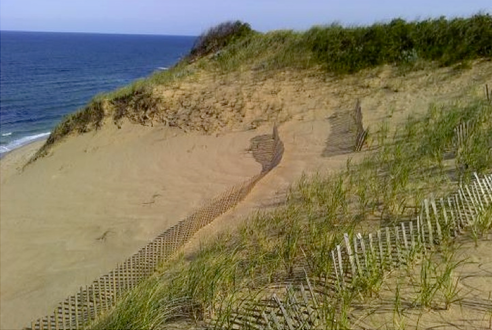

Emergency Residential Consulting:
Certain environmental conditions trigger thresholds constituting "Emergency Status". Each town's Conservation Commission may have it's own protocol for determining and responding to requests for this status. Emergency permitting does not bypass the review process but it does change the sequence of the review protocol.
Many towns are unfamiliar with Emergency Permits, and have no established protocol. Property owners and regulators may not share the same perception of emergency status. For instance, the catastrophic loss of land to coastal erosion may not, in itself, constitute an emergency. However, if a structure or part of a structure is imperiled, or if it can be demonstrated that a structure is in imminent peril due to that catastrophic erosion, the situation may qualify for status.
See examples below for an illustration of residential projects with “Emergency Status”
Sample projects
Sample 1: Rapid erosion
This emergency occurred when a large area of coastline was rapidly eroded. This revealed an exposed septic system, which, along with the aggressive erosion of the site, constituted an emergency. Erosion also threatened the adjacent town road. Though the jurisdictional matrix of Department of Environmental Protection, and its proximity to Natural Heritage and Endangered Species sites delayed this emergency response for months, Safe Harbor was able to provide nourishment sand, plant beach grass, and eventually restore native vegetation to the area.
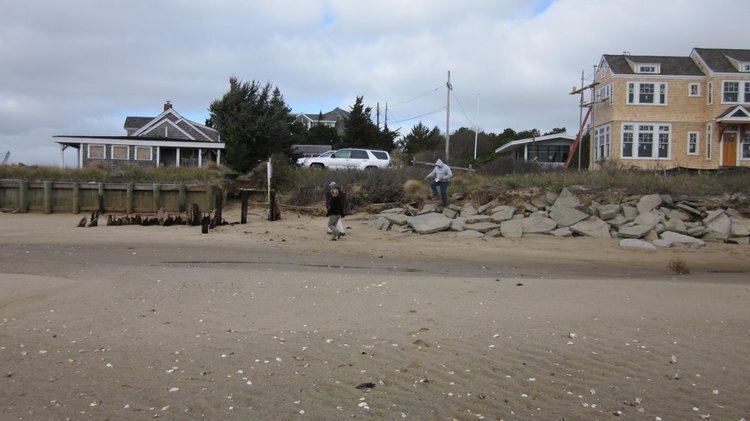
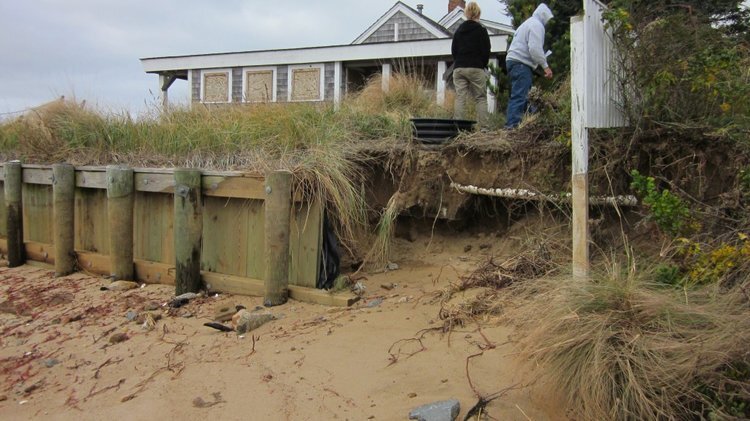
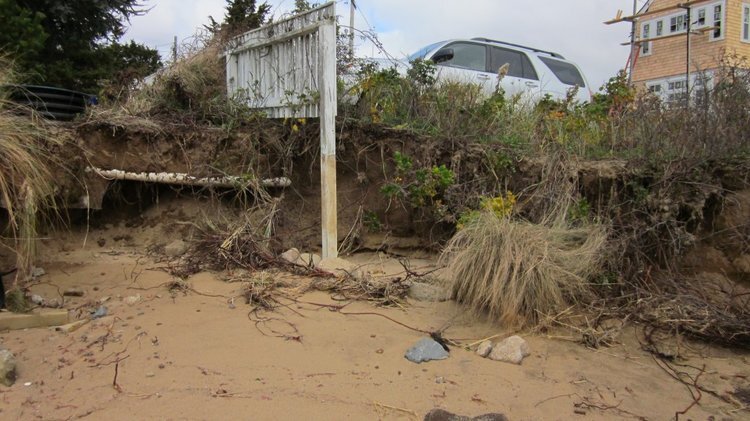
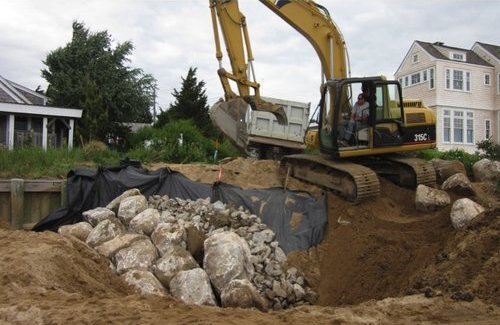
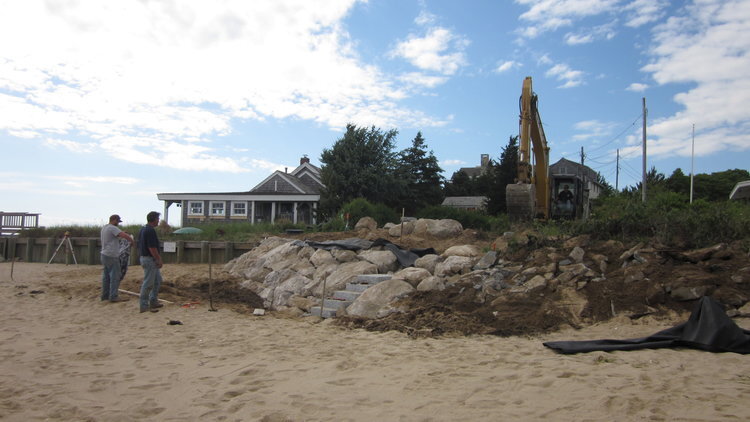
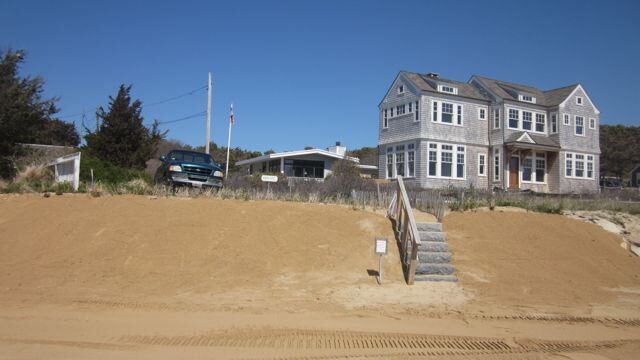
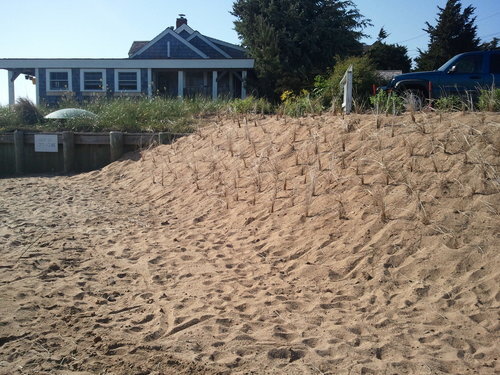
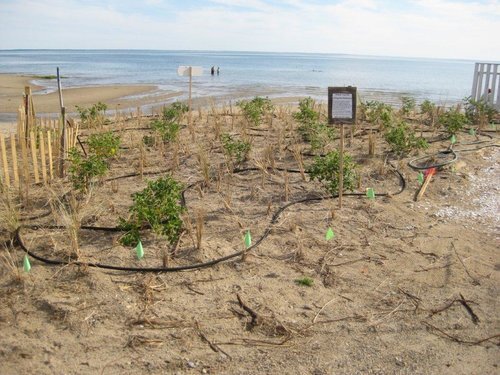
Sample 2: Winter storm erosion
Unfortunately for a coastal property owner with broken beach steps, tenants walked down to the beach over the dune vegetation, killing the beach grass. Over two years, winter winds blew out sand, creating a space big enough to put a small house, which threatened the integrity of the dune on which the house stood. By the third year, the blow out was growing several feet each week, and measured 55ft wide, 15ft deep and 80 ft long by the end of February. The foundation posts for the nearest home were 12 feet away.
Safe Harbor responded to this emergency by renourishing the blow out area with sand, installing fences in a semi-concentric pattern (see image) to slow down the wind and deposit sand, and eventually plant beach grass to create a self-sustaining system.

